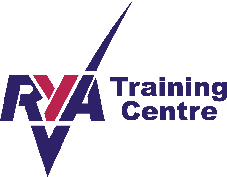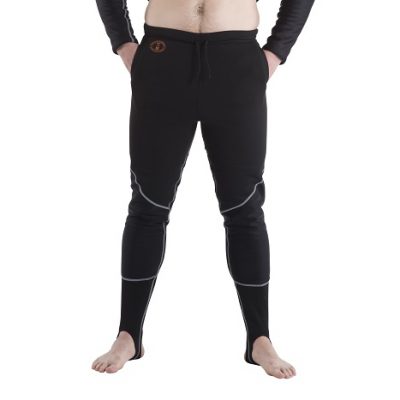If you don’t know us yet, we’re one of the UK’s largest watersport’s retailers specialising in Scuba Diving, Sailing and pretty much all Watersport activities. We are also a PADI Career Development training centre, teaching people to dive from a beginner to becoming professional Instructors.
We sell products, equipment and clothing, and we also have an indoor pool and a purpose built diver training lake facility that allows us to go even further with our client’s needs, making it possible to help them learning, developing skills, and training their abilities on water, for professional or personal purposes such as scuba diving, helicopter escape training and sea survival training.
Offering the necessary products and training to our clients which allows them to get the most comfortable and safe experience possible, so they can be prepared for any situation above or below water, is extremely important to us.
The RYA Sea Survival Course is an essential course for anyone going to the sea this season and wants to learn some Sea Survival training to have a better understanding of how to use the safety equipment on board your boat.
We not only run Sea Survival Courses for sailors, we also run them for those who fly offshore commercially, as a pilot or crew, even within a “short” distance. The sea survival training for pilots is an add-on to our Dunker sessions. (Helicopter Underwater Escape Trainer). This is so the pilot can learn how to use life jackets, get into lift rafts if their aircraft went into the water.
The RYA Sea Survival Course is a one day course and you’ll get to experience first hand the problems of entering an uncooperative liferaft and assisting others while fully kitted out in wet weather gear and a lifejacket. You will also learn about life jackets and how they work, use of flares, EPIRBs and PLBs (Personal Locator Beacons), etc. You can see our Training Manager in the video below explaining it.
To see when the next courses are run, click on this link. Sea Survival Course


















